Reading and Writing Numbers Teaching Resources
Teach students how to read and write numbers in a variety of forms with this extensive collection of printable worksheets, digital activities and more resources for Australian primary teachers!
Bring these essential maths skills to life with the help of Australian maths curriculum-aligned resources that have been created with your lesson plans — and your students — in mind! Best of all, each resource has undergone a careful review process by an expert teacher on the Teach Starter team to ensure it's classroom-ready.
Looking for tips to help your students express quantities accurately and effectively? Read on for a primer from our teacher team on reading and writing numbers, how to teach these concepts and more!
Teaching Students How to Read Numbers
Before we can talk about writing numbers, we need to to set the foundation with reading them.
Once students can recognise numerals, it's typical for teachers to dive deep into place value. We want our students to understand that each digit's position in a number represents a different value (e.g., tens, hundreds, thousands, etc.).
With that comes the ability to read two- and three-digit numbers (and later even larger whole numbers!) as our students come to understand that they're not seeing two distinct numerals side-by-side but a brand-new number that has been formed.
This requires learning new language too — words like twenty, thirty, forty, etc.
So let's break down how to read a few numbers!
Reading Two-Digit Numbers
In a two-digit number, the leftmost digit represents the number of tens, and the rightmost digit represents the number of ones. For example, let's look at the number 35.
-
- The digit 3 is in the tens place, so it represents 3 tens or 30.
- The digit 5 is in the ones place, so it represents 5 ones.
To read the number 35, you say 'thirty-five.'
Here are a few more examples of how to read two-digit numbers:
- 45 — forty-five
- 27 — twenty-seven
- 93 — ninety-three
Reading Three-Digit Numbers
Let's go one level up. In a three-digit whole number, the leftmost digit represents the number of hundreds, the middle digit represents the number of tens and the rightmost digit represents the number of ones. For example, let's look at the number 371.
-
- The digit 3 is in the hundreds place, so it represents 3 hundreds or 300.
- The digit 7 is in the tens place, so it represents 7 tens or 70.
- The digit 1 is in the ones place, so it represents 1 one.
To read the number 371, you say 'three hundred seventy-one.'
Here are a few more examples of how to read three-digit numbers:
- 134 — one hundred thirty-four
- 469 — four hundred sixty-nine
- 873 — eight hundred seventy-three
Teaching Students How to Write Numbers
Now that students can read multi-digit numbers, we can start talking about writing them in different forms, including expanded form. Writing numbers again comes back to place value, with each digit in a number representing a different value based on its position within the number.
Here's what that looks like:
How to Write Two-Digit Numbers
Write the digit in the tens place first. This will be the leftmost digit in the two-digit number.
Next, write the digit in the ones place to the right of the first number.
For example, to write the number 'thirty-five,' you would:
- Write the digit 3 in the tens place.
- Write the digit 5 in the ones place.
- In the end, you have written 35.
How to Write Three-Digit Numbers
Write the digit in the hundreds place first. This will be the leftmost digit in the three-digit number.
Next, write the digit in the tens place to the right of the first number. This will be the middle digit in the three-digit number. Finally, write the digit in the ones place to the right of the middle digit.
For example, to write the number 'three hundred fifty-two,' you would:
- Write the digit 3 in the hundreds place.
- Write the digit 5 in the tens place.
- Write the digit 2 in the ones place.
- Plus Plan
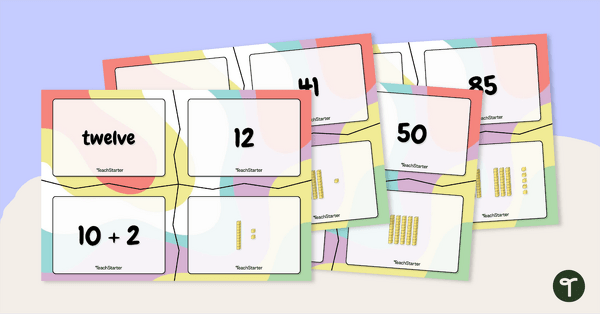
2 Digit Place Value Puzzles
Teach students the different representations of 2-digit numbers with this place value puzzle.
- Free Plan
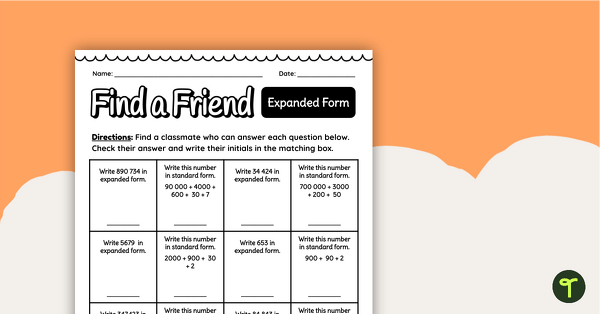
Find a Friend Expanded Form Worksheet
Explore expanding 2-digit to 6-digit numbers with your students with this expanding form active worksheet.
- Plus Plan
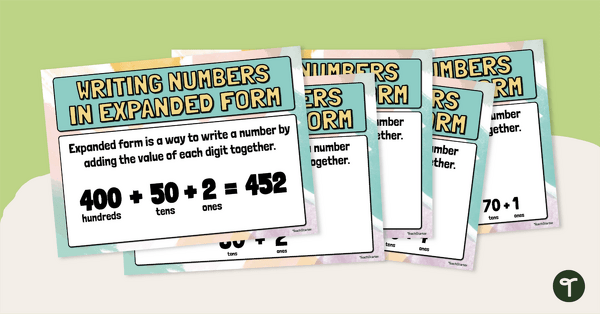
Expanded Form Poster Set
Teach students what it looks like to expand 2-digit, 3-digit, 4-digit, 5-digit and 6-digit numbers with this set of classroom posters.
- Plus Plan
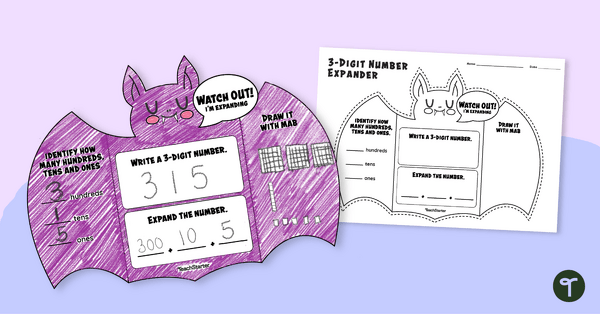
3-Digit Number Expander Template (Bat)
Explore 3-digit numbers with this cute foldable bat number expander for your students.
- Plus Plan
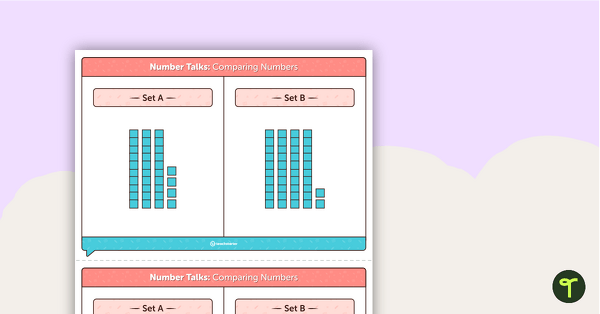
Number Talks - Comparing Numbers Task Cards
Build number sense skills with this set of 24 task cards.
- Plus Plan
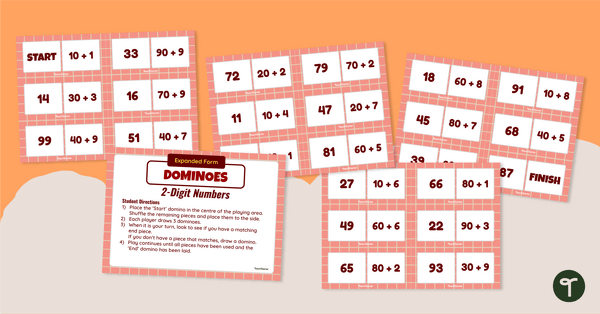
Expanded Notation Dominoes (2-Digit Numbers)
Use this set of dominoes when learning how to match 2-digit numbers written in standard form and expanded form.
- Plus Plan

Numeral Expander - Tens of Thousands
A numeral expander template to use when exploring five-digit numbers.
- Plus Plan
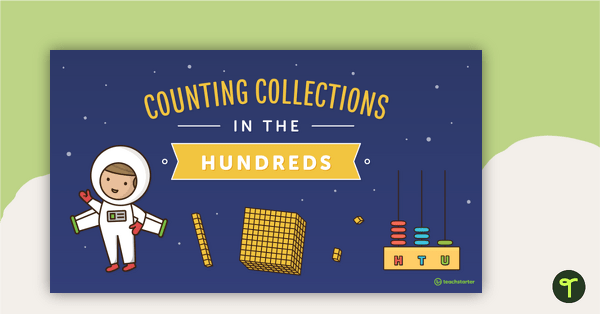
Counting Collections in the Hundreds PowerPoint
A 15 page editable PowerPoint to use in the classroom when exploring efficient ways of counting collections in the hundreds.
- Plus Plan
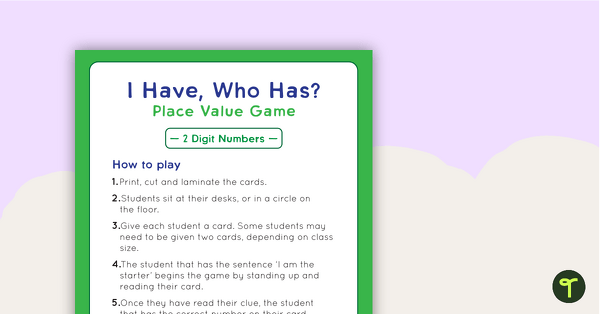
I Have, Who Has? Game – Place Value (2-Digit Numbers)
A whole-class game to consolidate students' understanding of place value.
- Plus Plan

4-Digit Number Poster Set
Display this set of posters to help students remember the processes for reading and writing numbers up to 10,000 using MABs, number names and expanded form.
- Plus Plan
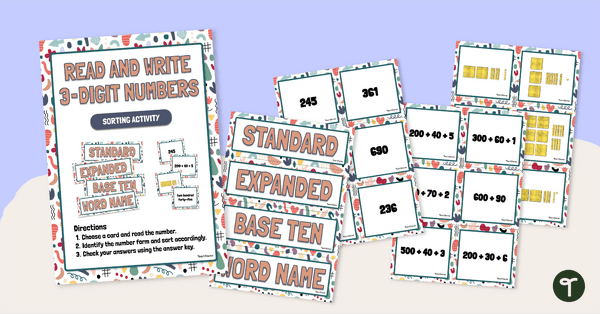
3-Digit Number Form Sorting Activity
Engage with different forms of 3-digit numbers with this sorting activity.
- Plus Plan
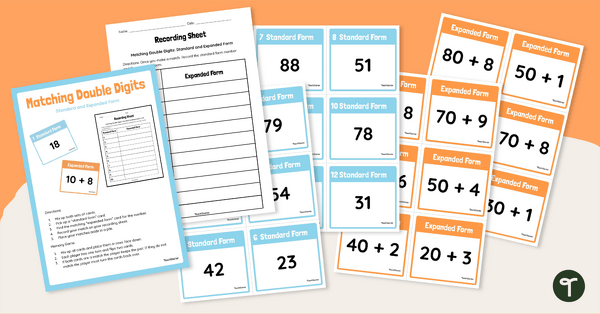
Matching Expanded and Standard 2-Digit Number Cards
Explore double digit numbers in standard and expanded form with this sorting activity for your maths groups.
- Plus Plan
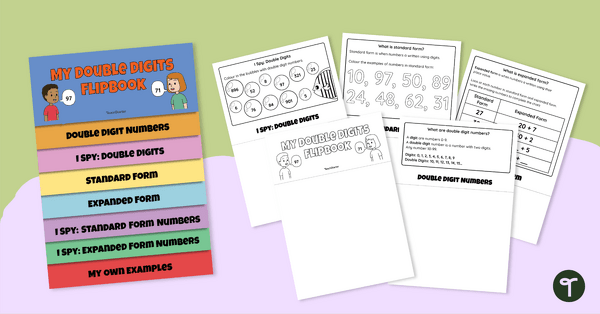
Reading and Writing Double Digit Numbers Flipbook
Engage students in learning to read and write double digit numbers with this engaging flipbook.
- Plus Plan
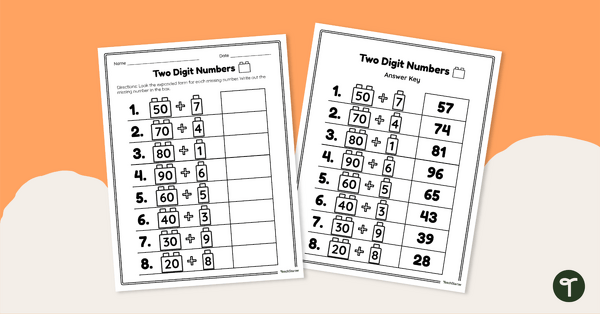
Reading and Writing 2-Digit Numbers Worksheet
Practise converting expanded form numbers into their standard form with this worksheet.
- Plus Plan
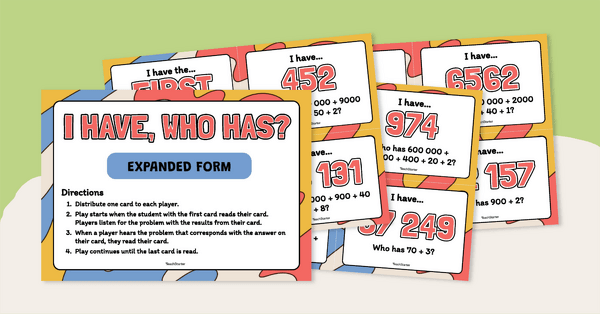
I Have Who Has Expanded Form Game
Explore numbers up to 6-digits with this fun whole class place value game of 'I have, Who Has?'
- Plus Plan
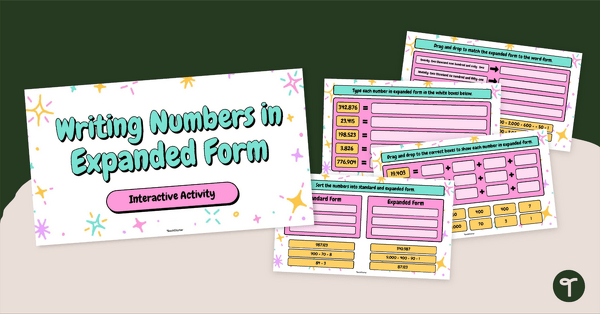
Writing Numbers in Expanded Form Interactive Activity
Help students master reading and writing numbers up to 6 digits with this expanded form interactive activity.
- Plus Plan
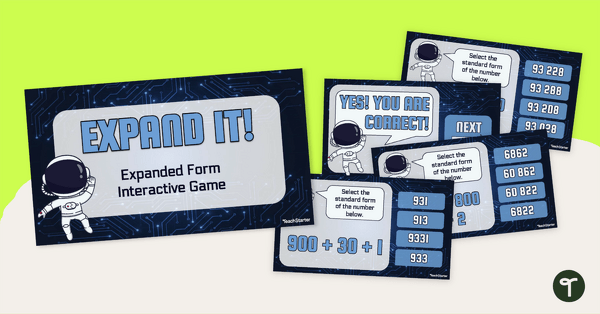
Expanded Form Interactive Activity
Explore 3-digit, 4-digit and 5-digit numbers in their expanded form with this fun space-themed interactive activity.
- Free Plan
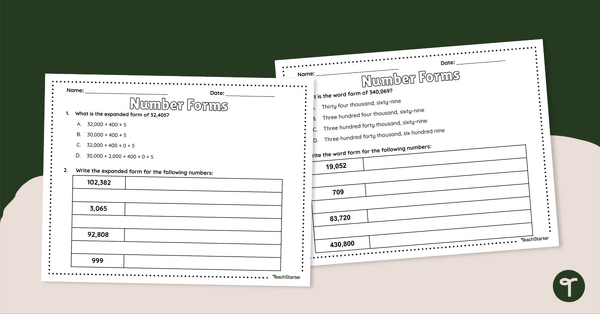
Number Forms Worksheet (Up to 5 Digits)
Help students practice recognising and writing numbers in word form and expanded form with this worksheet.
- Plus Plan
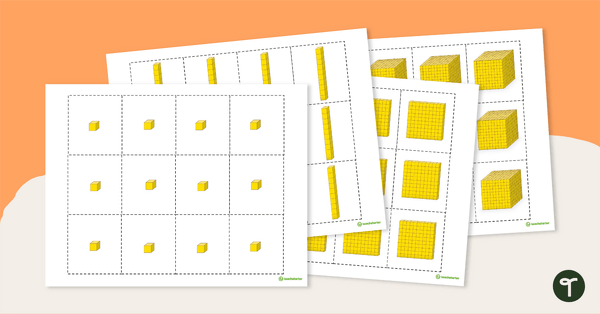
MAB Block Picture Cards
A set of MAB Block picture cards to use when exploring place value and partitioning numbers.
- Plus Plan
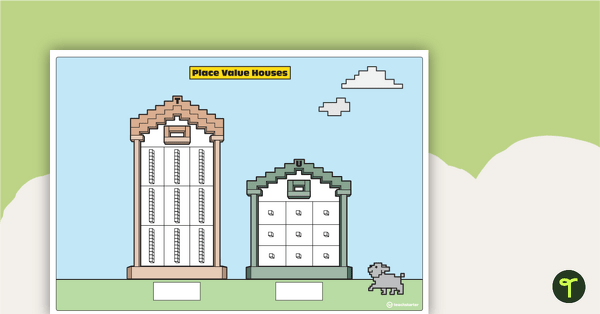
2-Digit Place Value Houses – Template
A hands-on resource to consolidate students' early understandings of place value.
- Plus Plan
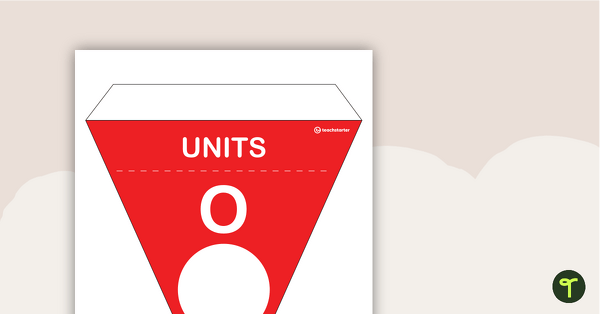
Place Value - Bunting
A display bunting which can be used to practise Place Value from units to quadrillions.
- Plus Plan
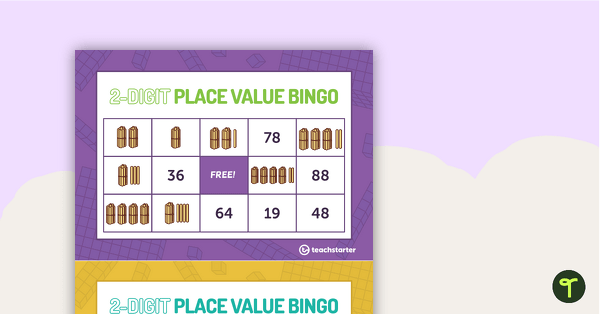
Two-Digit Place Value Bingo Game (Digits and Pop Sticks)
32 different bingo cards using place value to 99.
- Plus Plan
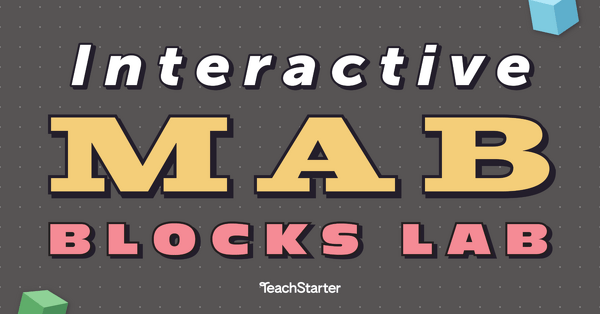
Interactive MAB Blocks Lab
Explore an interactive MAB block manipulator tool made for your primary classroom! Teach place value, help students visualise problems and more!
- Plus Plan
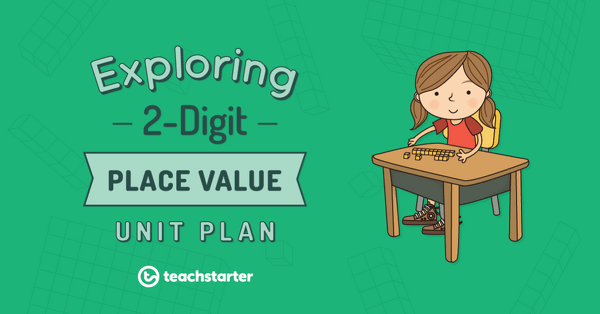
Partitioning and Expanding 2-Digit Numbers
A 60 minute lesson in which students will understand how 2-digit numbers can be partitioned.
- Plus Plan
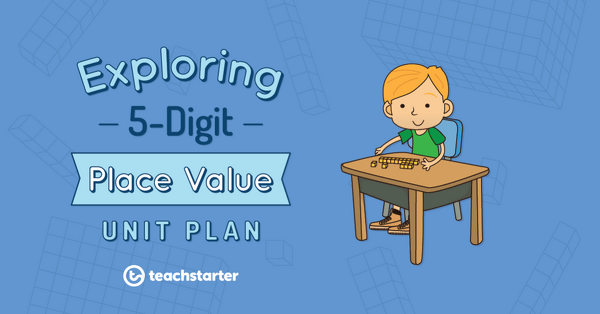
Expanding Numbers Beyond 10 000
A 60 minute lesson in which students will investigate how place value can be used to expand numbers.
- Plus Plan
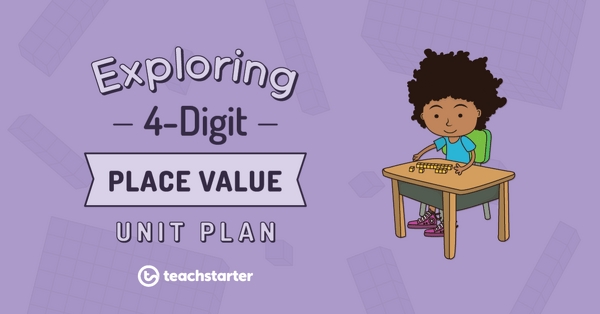
Expanding Numbers to 10 000
A 60 minute lesson in which students will investigate how place value can be used to expand numbers.
- Plus Plan
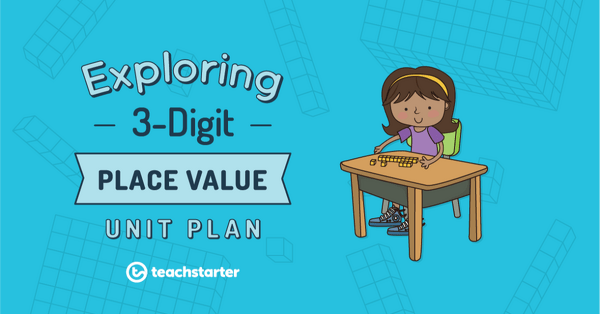
Counting Collections in the Hundreds
A 60 minute lesson in which students will explore ways to count collections in the hundreds more efficiently.